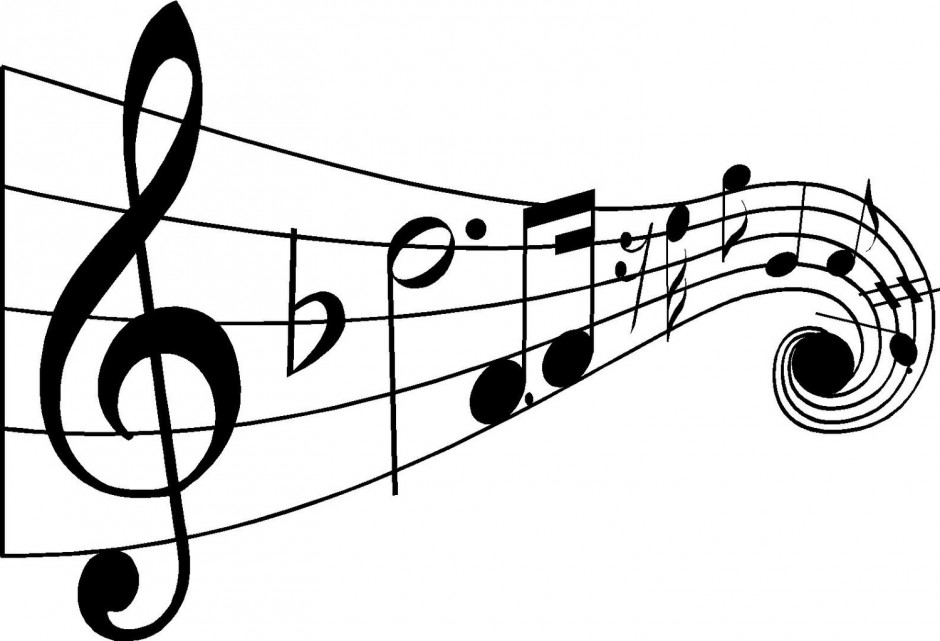Music Together Classes Fiddle Collection - October
/We are 6 weeks through our nine week fall session of Music Together and I love watching the kids, and the adults, accomplish new musical goals.
We have been working on singing Apples and Cherries as a round. We began by each group singing one flavor of ice cream as a repeated vocal ostinato. When we put all of the groups together it created harmony! Singing in a round does the same thing. It gives your children wonderful harmony to hear in a simple song.
We sang a drone on D and A along with the song Bella Boya. Bella Boya is a complex little mixed meter song. I am very pleased at how all of the classes have learned to sing the song, different parts, and play the clapping game while you sing. It is great for little kids to see adults and bigger kids working together to create music.
This is also a song that is fun to play on the soprano ukulele. My kids enjoyed learning how. You can learn how by clicking
here and joining the Play Soprano Ukulele with the Fiddle
collection group.
For our free dances we danced along with the different parts to Lauren's Waltz, the play along from the Fiddle Collection. We also did the Monster Mash!
For the play along we explored dynamics and tempo changes with In the Hall of the Mountain King. We also played instruments to Ghost Busters.







